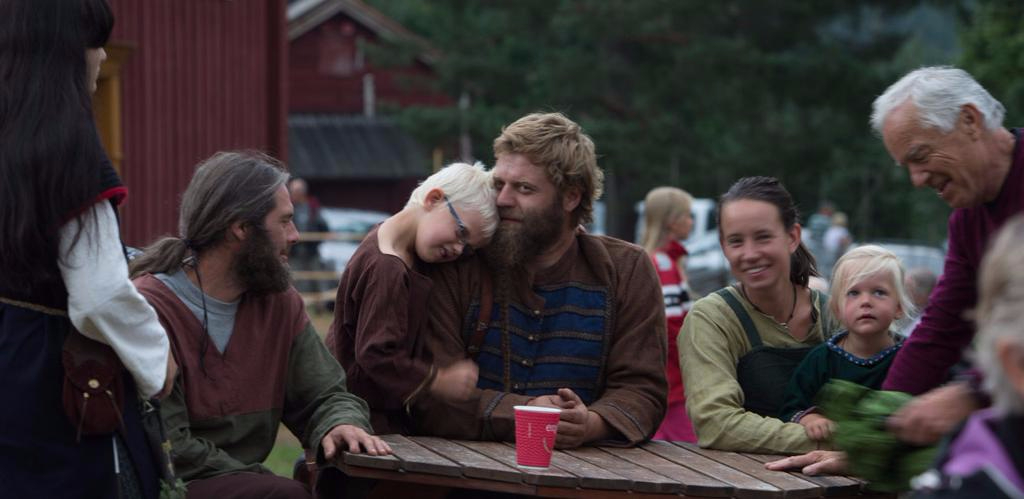- Home
- Medieval weekKlikk her
- Medieval valley
- Stave churches
- Museums and farmsteadsBygninger & gjenstander

-
Home

- Museums and farmsteads
 Photo: Maj-Lis Bogstrand Mogen/Kreativ KulturA historical farmstead is basically the same as an open air museum. The farmsteads show how people lived, both buildings and their interior are exhibited. Today there are three official historical faqrmsteads in Numedal. Most have regular opening hours during the summer, and it is usually possible to arrange tours outside opening hours. In addition to buildings and interior, other exhibits are held on the farmsteads. Moreover, the farmsteads have a variety of activities for the public.
Photo: Maj-Lis Bogstrand Mogen/Kreativ KulturA historical farmstead is basically the same as an open air museum. The farmsteads show how people lived, both buildings and their interior are exhibited. Today there are three official historical faqrmsteads in Numedal. Most have regular opening hours during the summer, and it is usually possible to arrange tours outside opening hours. In addition to buildings and interior, other exhibits are held on the farmsteads. Moreover, the farmsteads have a variety of activities for the public.
We try to keep information on these pages updated with opening hours, exhibition details and other important information. But the farmsteads are administered locally, and our information may at times be outdated. If you find discrepancies, we'd like you to tell us. You can find our contact information in the footer on this website.
Other museums and collections
The Buskerud museum (external link) is a foundation consisting of 13 units and 18 locations.
Lågdalsmuseet in Kongsberg (external link) is part of Buskerud Museum and features a large collection of old buildings from Numedal
Labro museums are part of Buskerud Museum and consists of Norsk Vassdragsmuseum, Numedalslågen Fløtningsmuseum and Norsk Vegmuseum Labro

Nore and Uvdal historical farmstead is situated in the former vicarage with a great view of the valley. With Uvdal stave church nearby, the place has a lot to offer. During the summer season there is a sales exhibition with local artisans in the schoolroom.

Flesberg historical farmstead at Dåset is an old farm in Flesberg and has an unique collection of preserved old buildings (20 of a total of 23). It is regarded as one of the oldest farms in the village. Dåset may have been established in the Viking Age, and it was probably deserted for a long time after the Black Death. Dåset may have been established in the Viking Age, and it was probably deserted for a long time after the Black Death. The farm is however not mentioned in official documents before the mid-1600s.
Numedal Medieval Week
Tel. +47 32 74 13 90
This email address is being protected from spambots. You need JavaScript enabled to view it.








